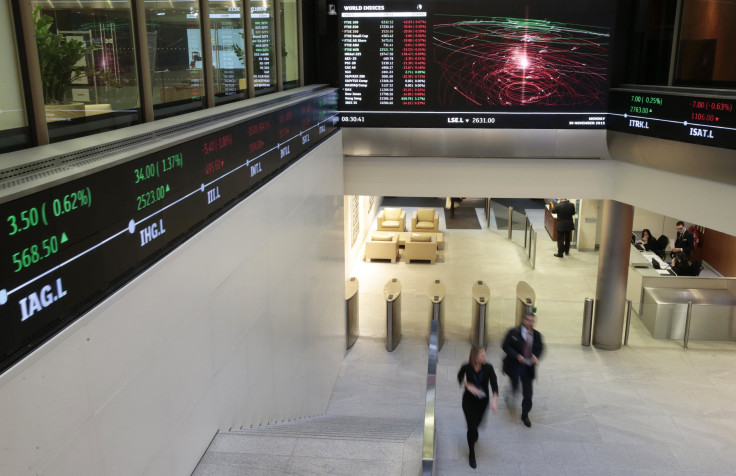Europe Stocks Hold Steady, Falling Chinese Stocks Drag Down Asian Markets

Asian shares, led by losses in the Chinese market, continued to tumble Monday, as doubts over Beijing’s ability to manage the world’s second-largest economy persisted. European stocks, however, pared early losses and traded in the green, shrugging off a dismal start to the new year.
After an early wobble, the pan-European Stoxx 600 was trading up 0.5 percent. The performance was echoed across share markets in the U.K, Germany and France, where the benchmark stock indexes traded up 0.1 percent, 0.7 percent and 0.5 percent, respectively.
“The market reaction to what’s been happening in China has been hugely overdone,” Peter Dixon, Commerzbank’s global equities economist in London, told Bloomberg. “The uncertainty hasn’t dissipated — it only takes one or two things to go wrong and we’re back to where we started — but investors are finally looking at things with a clearer head. Fundamentals aren’t bad at all in Europe and they should only get better. We’re likely to see more benefits from the low euro and the collapse in energy prices.”
U.S. stock futures also clawed back into the positive territory Monday, suggesting that the Dow Jones Industrial Average, which dropped over 6 percent last week, may recoup its losses.
However, oil prices, which plummeted last week following a slide in the yuan and volatility in Chinese markets, continued to drop. On Monday, the global benchmark Brent crude briefly dropped over 3 percent to $32.51 a barrel, before recovering slightly to trade at $32.85 a barrel. The U.S. West Texas Intermediate crude fell 2.5 percent to $32.28 a barrel, before rising to $32.58.
Analysts at Morgan Stanley said that if the yuan continued to depreciate and the dollar continued to surge, oil prices could drop as low as $20 in the near future.
“A 15 percent CNY (Chinese yuan) depreciation alone could send oil into the $20s,” analysts at the bank reportedly said.
Overnight, in China, investors’ concerns over the health of the economy were not alleviated even when the People's Bank of China guided the yuan higher by setting the mid-point fix at 6.5626 — an apparent reversal of the midpoint’s recent weakening trend. As uncertainties over Beijing’s ultimate intent on its currency policy persisted, the Shanghai Composite index ended the day down 5.3 percent, while the Shenzhen Composite index fell 6.6 percent.
© Copyright IBTimes 2024. All rights reserved.






















